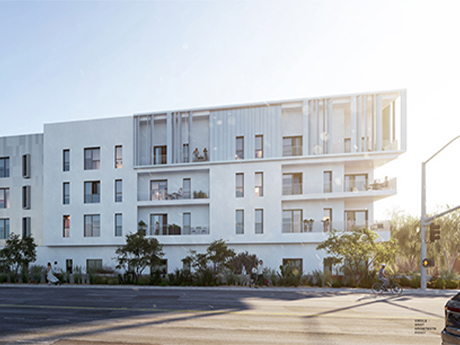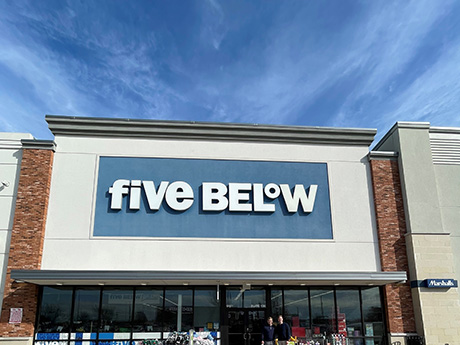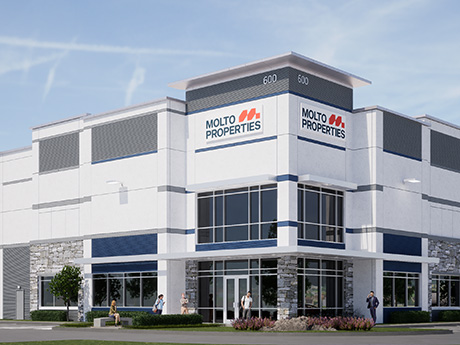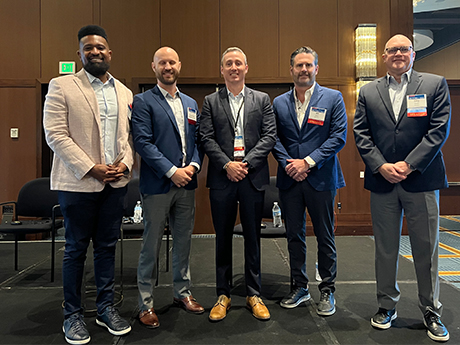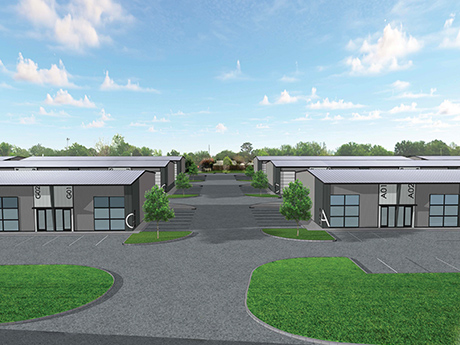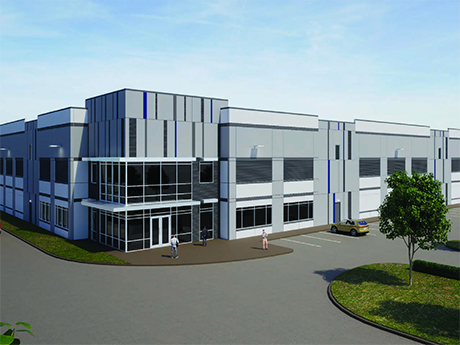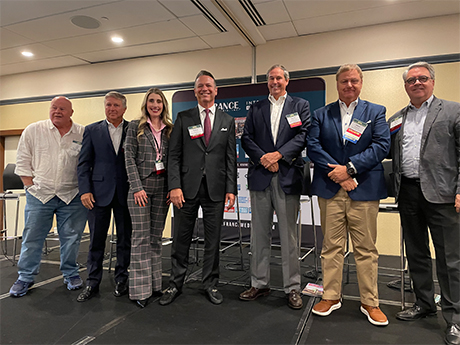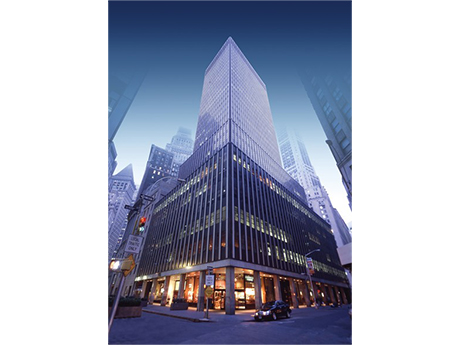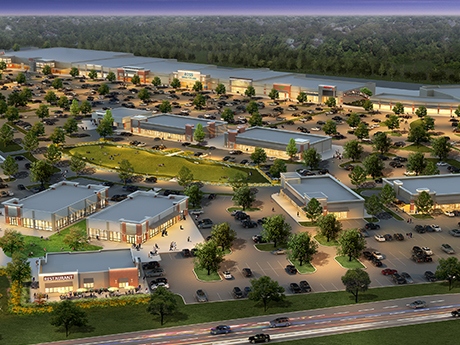By Sandy Schmid, director of acquisitions and development, StarPoint Properties In the fast-paced world of commercial real estate, foresight is as valuable as bricks and mortar. Despite whispers of distress on the horizon for the Lone Star State in 2024, the multifamily real estate market is ablaze with potential. Texas is one of the hottest destinations for developers and investors, and the strategic play is to not just weather the storm, but rather to ride it to success. Recent predictions of multifamily distress starting in the latter half of 2023 have certainly raised eyebrows and fueled speculation. However, predicting the Texas real estate market is akin to forecasting a Wild West shootout — a challenging task given the state’s history of resilience and its ongoing growth. Texas has consistently proven its ability to rebound from economic challenges, and current indicators suggest that the multifamily sector is poised for sustained growth. A Growth Powerhouse One factor supporting the optimistic outlook is the impressive trajectory of Texas’ GDP growth. The state saw a notable increase in its GDP over recent years: 5.7 percent growth in 2021, 2.7 percent in 2022 and 3 percent in the first quarter of 2023 alone. This data compares …
Texas Market Reports
By Ryan Johnson and Tyler Grisham, managing partners and market leaders, SRS Real Estate Partners Those who live and work in Dallas-Fort Worth (DFW) should be grateful for the metroplex’s strong fundamentals. There are a lot of macro-level factors that are out of whack and hurting the commercial real estate business, but there are also a lot of macro factors working in favor of DFW that not many major markets in the United States can claim. Thinking glass half-full, DFW has enjoyed exceptional growth in employment, housing and population over the last decade. According to the U.S. Census Bureau, DFW now boasts nearly 8 million residents, which makes it the nation’s fourth-largest metropolitan area. According to the Dallas Regional Chamber, 14 major companies relocated to North Texas in 2023 — Kelly Moore Paint Co., Inbenta, McAfee Corp., Frontier Communications and West Shore Homes, among others. Thinking glass half-empty, DFW has sky-high construction costs, the highest interest rates in recent memory, highest exit cap rates/lowest valuations in recent memory and just a general market mentality that causes developers, banks and investors to exercise great caution. Active Segments, Trends Given these challenges, it may be surprising that there are retailers that are …
By Taylor Williams Retail owners are facing critical questions about whether to sell or hold their properties in the current environment, which is still defined by uncertainty about whether interest rate hikes have truly peaked and investment sales prices have actually bottomed out. Investment sales decisions frequently hinge on analysis of cap rates, defined as a property’s net operating income divided by its sales price. Generally speaking, higher cap rates indicate lower sales prices and are therefore sought by buyers, whereas lower cap rates reflect higher prices and are preferred by sellers. Cap rates are fluid and tend to move linearly with interest rates. Thus, the Federal Reserve’s campaign of 11 interest rate hikes totaling 500 basis points over the last 20 months has caused cap rates in all asset classes to rise, or as industry folks say, to decompress. The extent to which this cap rate movement influences an investor’s sell-or-hold dilemma varies from deal to deal, but the common denominator is that it complicates all such decisions. At the inaugural InterFace Houston Retail conference, a panel of capital markets professionals delved into the numerical analysis and anecdotal evidence that investment sales brokers are relying on to guide clients …
By Taylor Williams The growth story of Central Texas is compelling enough that commercial developers and investors are still aggressively targeting the region, even as costs of doing business hit the roof. In fact, both cities recently cracked the Top 10 on Urban Land Institute’s list of markets to watch in the organization’s Emerging Trends report for 2024. To dispense with the bad and obvious, the region — loosely defined as the swath of land bookended by the Austin and San Antonio metro areas — is not exempt from wide-ranging industry headwinds. Newer trends like working from home, as well as entrenched issues like a shortage of affordable housing and crushing interest rates, impact deals and projects in high-growth markets perhaps even more harshly than their smaller counterparts. This is simply due to the principles of supply and demand. Further, the region faces homegrown challenges stemming from a decade-plus of hyper-accelerated expansion, namely a skyrocketing cost of living and insufficient infrastructure to support demand from tenants and residents. But the fundamentals of job and population growth remain so robust in Central Texas that buyers and builders, particularly within the industrial and multifamily spaces, can still invest and develop in this …
By Taylor Williams DALLAS — Just 18 months ago, multifamily lenders and investors in major Texas markets were underwriting record-high levels of rent growth to accompany historically low cap rates, giving capital sources little hesitation to lend at negative leverage. Following a spate of nearly a dozen interest rate hikes, the opposite is now mostly true. Negative leverage occurs when a buyer’s going-in capitalization rate is lower than the all-in interest rate on the debt attached to the property. The scenario tends to manifest when a property with an encumbered cash flow is purchased in a high- or rising-interest-rate environment. As a rule of thumb, net operating income should comfortably cover debt service, or at least clearly be moving in that direction at the time of acquisition. When times are good — meaning prices are high for sellers and money is cheap to borrow for buyers — negative leverage can present a flexible and creative way of getting deals across the finish line. Lenders and equity partners may be willing to accept negative leverage in the short run because they are confident that rents/cash flows will soon increase, or that interest rates will remain low, or both. But the ability to …
The effects of sweeping macroeconomic forces in recent years are now manifesting themselves in industrial projects in Dallas-Fort Worth (DFW). And while the market still enjoys healthy fundamentals and tenant demand, the product being delivered now comes with a new look, functionality and set of requirements from end users. To some degree, this paradigm shift in how industrial properties are conceived, designed and constructed stems from major economic factors and trends that are beyond the ability of architects, contractors and developers to control. To start with the obvious, interest rates are now five times what they were 18 months ago. When hikes of that magnitude are enacted so expeditiously, real estate professionals of all walks are impacted, even if it’s in an indirect manner. “Demand for industrial space is there; if developers are building, the rents are probably there to cover those costs,” says Mike Williams, vice president of preconstruction at Dallas-based Talley Riggins Construction Group. “But for developers that are trying to form a team to get enough equity to get a loan — those deals aren’t working anymore with these rates. So paying extra close attention to who your clients are and their funding sources has been the …
By Taylor Williams Tenant demand and availability of capital for industrial deals are still healthy in Texas, but end users and developers are demonstrating a clear push for smaller footprints in their leases and projects. This shift reflects a marked departure from recent years, when massive speculative facilities were financed without hesitation or preleasing and industrial users had little choice but to accept staggering levels of rent growth. Spikes in interest rates bear some, but not all, blame for this emerging dynamic. Local and regional banks tend to be go-to debt providers on industrial projects, and these groups take defensive positions with their capital flows during high interest rate environments. And while reliance on e-commerce and third-party distribution remains deeply ingrained in consumer preferences, users still see value in rightsizing their footprints in today’s market. As such, the industrial landscape is changing in Texas, where exceptionally strong population growth nonetheless ensures that the sector remains on very solid footing overall. But changes are undoubtedly happening. Large-scale spec facilities are being swapped for smaller build-to-suits, and manufacturing deals are taking up a larger share of the development pipeline. Lenders are tightening leverage and demanding more upfront equity for projects that they …
By Taylor Williams Brick-and-mortar retail has quietly, yet emphatically resurrected itself from the e-commerce- and COVID-induced death knell, bolstered by multiple years of low supply growth that have put a premium on quality space and allowed landlords to zero in on what truly constitutes a winning concept. This notion is inherently subjective and difficult to quantify. But in Dallas-Fort Worth, retail owners and operators say that authenticity — as defined by uniqueness of the offerings and adherence to and reflection of local culture — is paramount to success. From the presentation and packaging of products and services to utilization of local architectural styles to creating a certain shopping or dining ambiance, the ability to capture the authenticity of the market is crucial. Consumers and landlords can afford to be choosy, and they won’t waste time at stores, restaurants or entertainment venues that feel cookie-cutter, phony or out-of-place. But retail landlords can ill-afford to do deals with tenants that simply look the part but lack the financial ability to pay rents, which are growing in urban locations where availability of space remains tight. Monetary due diligence remains critical, but as often as not, there is considerable overlap between the financial solvency …
By Ryan Kimura, senior vice president of strategic partnerships, Premier The changing landscape of work and the future of the office remains in flux, leading to a reduced demand for office space in major metropolitan areas throughout the country. This shift has rendered many office buildings underutilized and obsolete, prompting developers and investors to seek alternative uses for these structures. Simultaneously, urbanization continues to grow, fueling the demand for housing and a need for innovative multifamily solutions. Office-to-multifamily conversions provide an answer to both challenges, repurposing office spaces into much-needed residential units while allowing investors to capitalize on demand. This perfect storm of reduced office demand, increased housing needs and favorable regulatory conditions has driven the popularity of office-to-multifamily conversions, positioning them as a sustainable strategy for urban development. These conversions began to surge in popular metro areas during the height of the pandemic as uncertainty surrounded the return to the workplace. Fast forward three years later and office conversions are still booming — especially in the Dallas market. The region, which has witnessed some of the largest population increase in the country over the past five years, has also had a double-digit office vacancy rate in its downtown area …
By Herb Weitzman, executive chairman, Weitzman The major Texas metro areas of Austin, Dallas-Fort Worth, Houston and San Antonio all share one thing in common: Their retail markets are posting balances of supply and demand that outpace every other major commercial real estate category. This milestone was not achieved without overcoming significant obstacles. The major Texas retail markets have survived decades of back-to-back challenges, including major market disruptors like e-commerce, the 2008 Financial Crisis that knocked out several major chains and 2020’s pandemic-induced shutdowns. Each of these significant disruptions and challenges first resulted in store closings and higher vacancy rates. But retail operators as well as commercial brokers and landlords all learned from the setbacks by embracing the lessons of these disruptions to understand how to creatively bounce back stronger. As a result of the market’s careful pivoting, the retail markets in Texas’ major metros have right-sized and are reporting a yearslong trend of balance in supply and demand. To illustrate this point, we used the mid-year reports from CoStar Group on the non-retail CRE types. We compared retail vacancy rates in the four Texas markets to CoStar’s mid-year rates for the industrial, office and multifamily spaces in each of …


